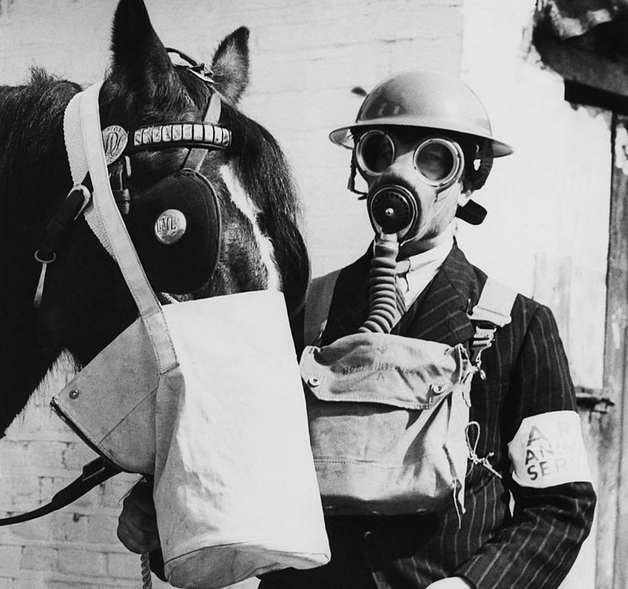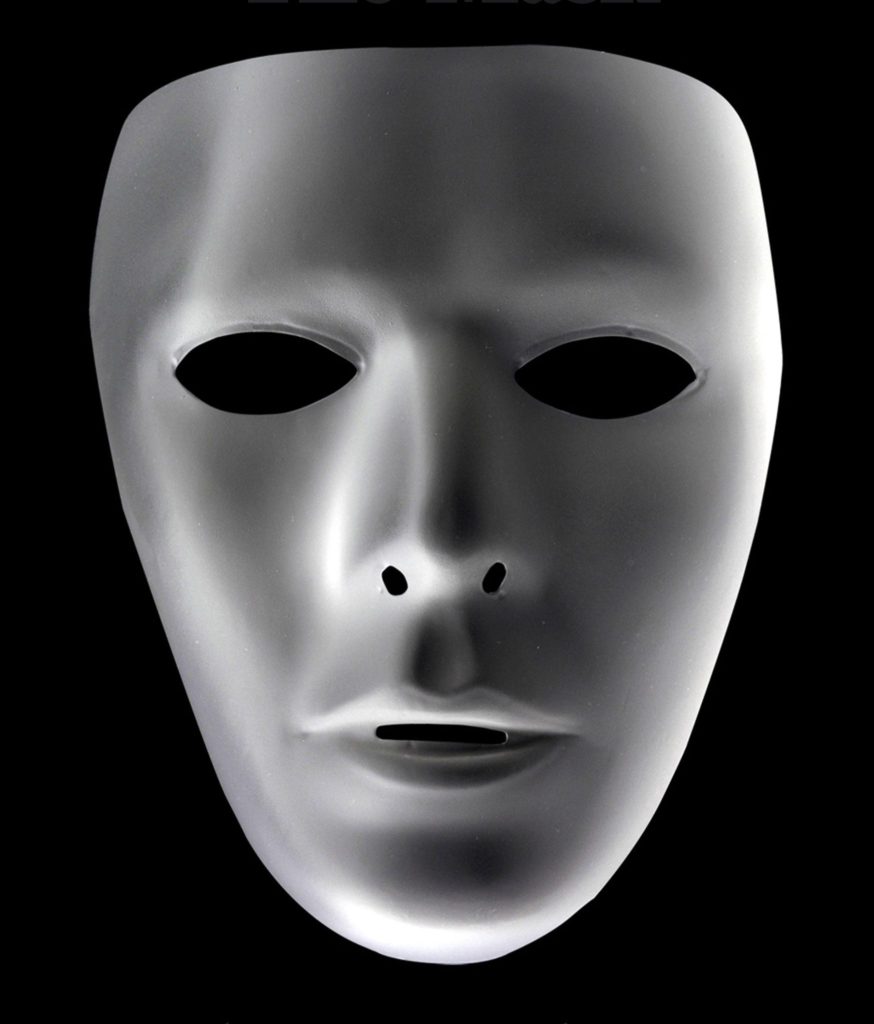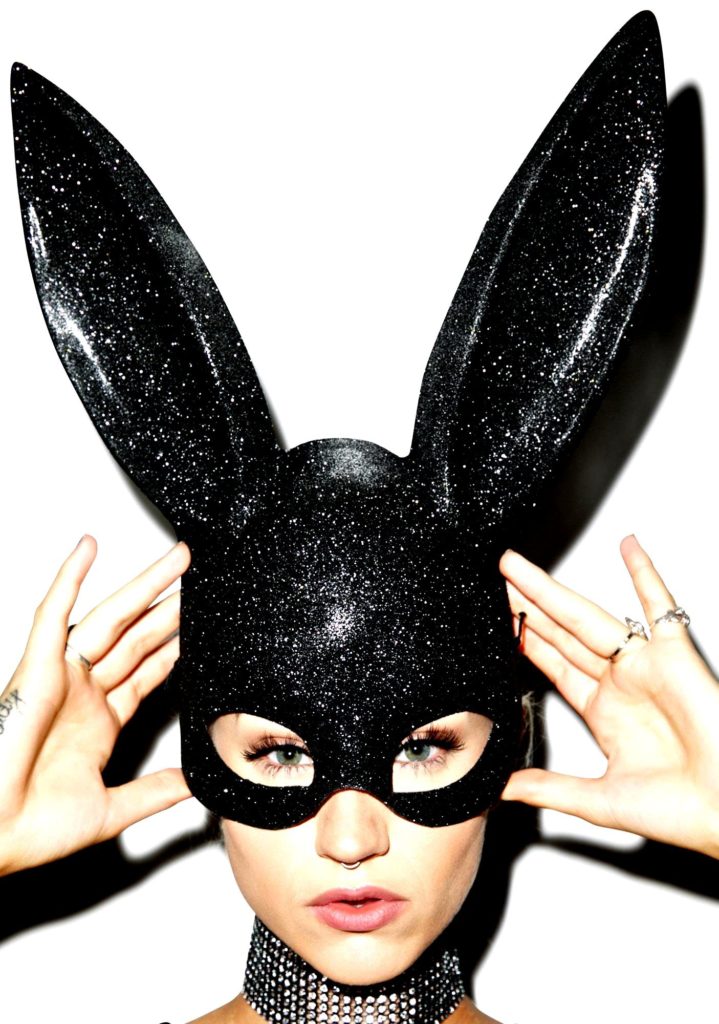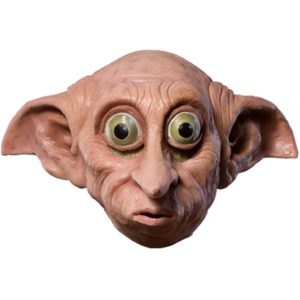Masking technologies
Masking – Another Door to the Future!
Find Yourself using Masking technologies!
Masking technologies in Psychology, Dance Masking, Casual Masking, Night Dream Masking and more. Equipment and Technologies, Modern and Ancient. Contemporary Time Management using Masking technologies.
Masking technologies – The Biointernet Mask Equipment for Activation and Relaxation by Sergey Avdeev and Kirill Korotkov. Sleep masks, Face masks, Headbands and Wristbands, Full Head masks and more devices using Human Light System.
Masking technologies – a way to create a new “Me”, going beyond the limits of ordinariness and “outside view” to organize and Create the Future.
Masking main application: masking personality, masking psychology, masking art, masking data, masking in multimedia, masking in chemistry, masking computer science, masking animation
Every day we use different masks. One mask for the work, another one for the home and family, the third one “Just for Fun!”, the fourth – when something is forgotten or lost, the sixth – when you are satisfied with the result, the seventh – for parents, the eighth – for unfamiliar people, and so on.
Conscious using of masks creates a common reality and shapes the future.
The Biointernet Mask devices for Creativity and Relaxation
The Biointernet Mask Equipment for: Night Dream, Yoga, Lucid Dreaming, Remote Viewing, Intuitive Information Sight, Meditation, Telepathy, Materialization and for other The Biointernet Practices

More about African Tribal masks, Sport mask, Medical masks, Ritual masks, Masking in Psychology, Character mask, Mask the film, Mask of Loki
Masks – objects that cover the face or body for variety of reasons. They are used for protection, disguise, entertainment or ritual practices and are made from various materials, depending of use. Earliest use of masks was for rituals and ceremonies, and the oldest found mask is from 7000 BC. Art of making masks could be older but because of the materials used for making them (leather and wood), they did not survive to this day.
Essential characteristic of hiding and revealing personalities or moods is common to all masks. As cultural objects they have been used throughout the world in all periods since the Stone Age and have been as varied in appearance as in their use and symbolism.
Masks have been designed in innumerable varieties, from the simplest of crude “false faces” held by a handle to complete head coverings with ingenious movable parts and hidden faces. Mask makers have shown great resourcefulness in selecting and combining available materials. Among the substances utilized are woods, metals, shells, fibers, ivory, clay, horn, stone, feathers, leather, furs, paper, cloth, and corn husks. Surface treatments have ranged from rugged simplicity to intricate carving and from polished woods and mosaics to gaudy adornments.
The Functions And Forms Of Masks
Masks generally are worn with a costume, often so complete that it entirely covers the body of the wearer. Fundamentally the costume completes the new identity represented by the mask, and usually tradition prescribes its appearance and construction to the same extent as the mask itself. Costumes, like the masks, are made of a great variety of materials, all of which have a symbolic connection with the mask’s total imagery. Ideally the costume should be seen with the mask while the wearer is in action.
The morphological elements of the mask are with few exceptions derived from natural forms. Masks with human features are classified as anthropomorphic and those with animal characteristics as theriomorphic. In some instances, the mask form is a replication of natural features or closely follows the lineaments of reality, and in other instances it is an abstraction. Masks usually represent supernatural beings, ancestors, and fanciful or imagined figures and can also be portraits. The localization of a particular spirit in a specific mask must be considered a highly significant reason for its existence.
More about African Tribal masks, Sport mask, Medical masks, Ritual masks, Masking in Psychology, Character mask, Mask the film, Mask of Loki of Loki
They are usually worn on the face, although they may also be positioned for effect elsewhere on the wearer’s body. In parts of Australia, giant totem masks cover the body, while Inuit women use finger masks during storytelling and dancing.
The use of masks in rituals or ceremonies is a very ancient human practice across the world, although masks can also be worn for protection, in hunting, in sports, in feasts, or in wars – or simply used as ornamentation. Some ceremonial or decorative masks were not designed to be worn. Although the religious use of masks has waned, masks are used sometimes in drama therapy or psychotherapy.
One of the challenges in anthropology is finding the precise derivation of human culture and early activities, with the invention and use of the mask only one area of unsolved inquiry. The use of masks dates back several millennia. It is conjectured that the first masks may have generally been used by primitive people to associate the wearer with some kind of unimpeachable authority, such as “the gods” or to otherwise lend credence to the person’s claim on a given social role.
Social and religious uses
(The Functions And Forms Of Masks)
The oldest masks that have been discovered are 9,000 years old, being held by the Musée “Bible et Terre Sainte” (Paris), and the Israel Museum (Jerusalem).
Throughout the world, masks are used for their expressive power as a feature of masked performance – both ritually and in various theatre traditions. The ritual and theatrical definitions of mask usage frequently overlap and merge but still provide a useful basis for categorization. The image of juxtaposed Comedy and Tragedy masks are widely used to represent the Performing Arts, and specifically Drama.
As indicated above, masks representing potentially harmful spirits were often used to keep a required balance of power or a traditional relationship of inherited positions within a culture. The forms of these masks invariably were prescribed by tradition, as were their uses. This type of mask was often associated with secret societies, especially in Africa, where the greatest range of types and functions can be found. They were also widely used among Oceanic peoples of the South Pacific and among American Indians.
High priests and healers, or shamans, frequently had their own powerful totems, in whose masks they could exorcise evil spirits, punish enemies, locate game or fish, predict the weather, and, most importantly, cure disease.
Good article on Wiki about mask: https://en.wikipedia.org/wiki/Mask
The Biointernet Mask – series of devices, based on Translighters technologies
Classic, Infinity, Sweet Dreams, Magic Trainer
Lucid Dreaming Masks – Lucid Dreaming Equipment
Dream Stalker and other devices
Mind Machines – an AVS (Audio Visual Stimulation) system, Light and Sound Relaxation system
Mind Machine is a microprocessor controlled device designed to create relaxation or other mood changing effects through the use of sound and light stimulation. The user selects a session, puts on headphones and stimulation glasses, and sits back and enjoys the experience, which can be for relaxation, stimulation, meditation or just plain fun depending on the session.
NAVIGATOR – is multifunctional audio visual stimulation device (mind machine) for self development. It is for those who step on this difficult and thorny way and took the responsibility for their life, for those who is going uphill.
Welcome!
The Functions And Forms Of Masks
Different types of masks
More about African Tribal masks, Sport mask, Medical masks, Ritual masks, Masking in Psychology, Character mask, Mask the film, Mask of Loki
See also: Bionet Mask Instagram




